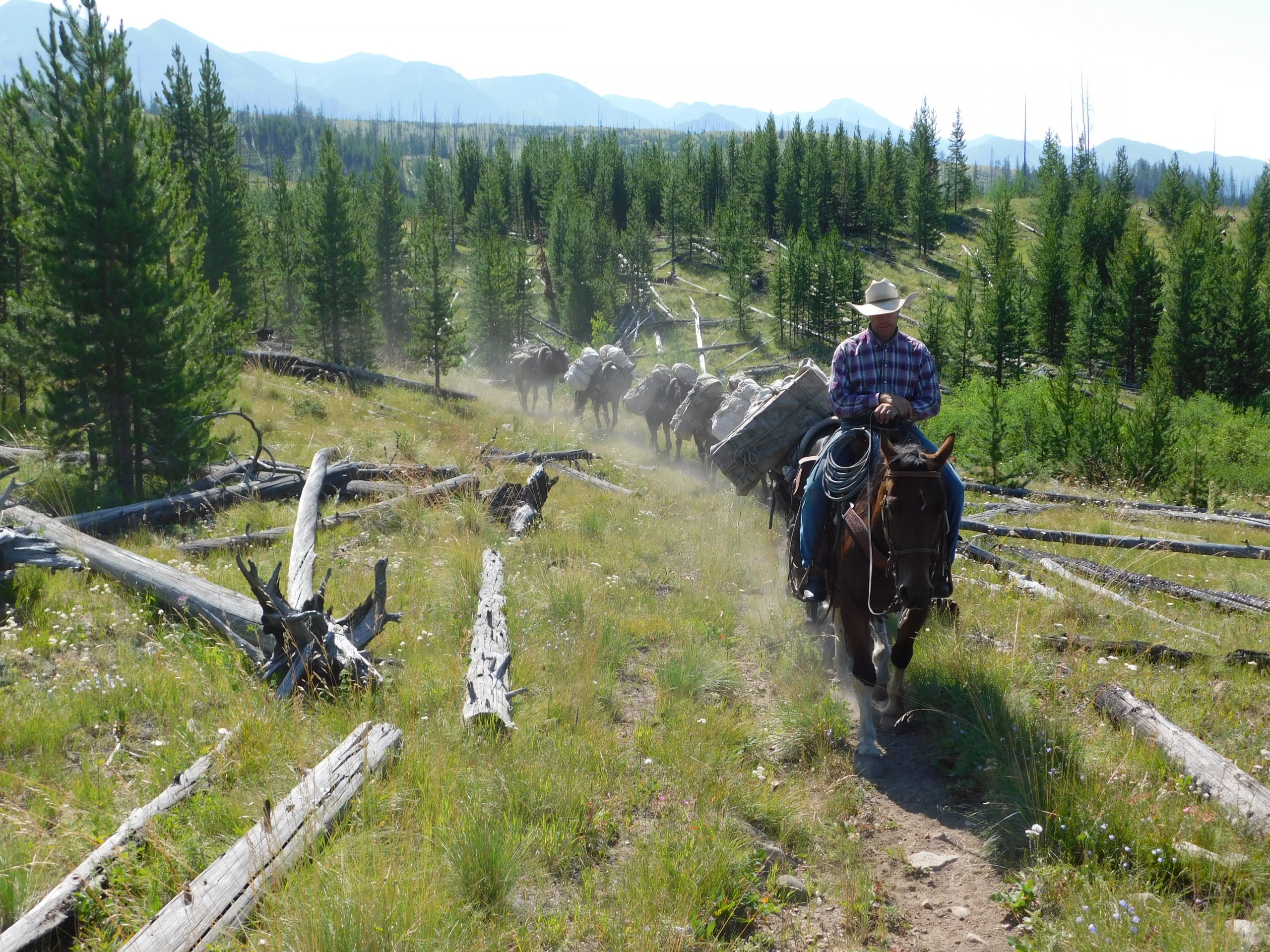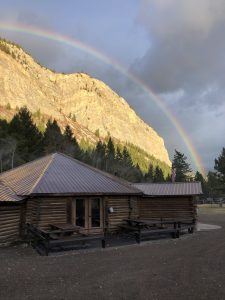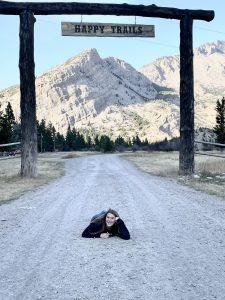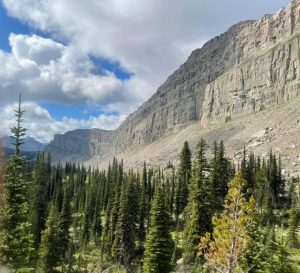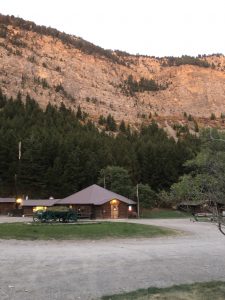Sun River Canyon has amazing geology and provides an incredible opportunity to examine the dramatic overthrusts of the Sawtooth Range.
Each year geology programs throughout North America travel to our area to study and inspect the unique limestone formations.
Whether you are at the university level conducting a field trip, on your own writing your thesis paper or just a self proclaimed “rock hound”; Sun Canyon Lodge offers options for all groups big or small.
Inquire about the “Large Group Menu”, cabin prices, campground/shower facilities or a just a burger and a cold beverage off of the Lodge menu; know that we will take care of you and accommodate all of your group’s needs.
—Excerpt taken from Dave Alt, Montana’s Bob Marshall Country (2004)—p.24, 41-43.
“In one form and another, the overthrust belt winds a varied, and more or less disconnected, course from the arctic end of the Canadian Rockies to Central America. But the province is not nearly as simple as a long, curving, line on a map might suggest. Geologist who try to trace the overthrust belt find that its different segments consist of quite different rock formations; and it is difficult to find several geologists who can easily agree on exactly how one segment connects with the next…
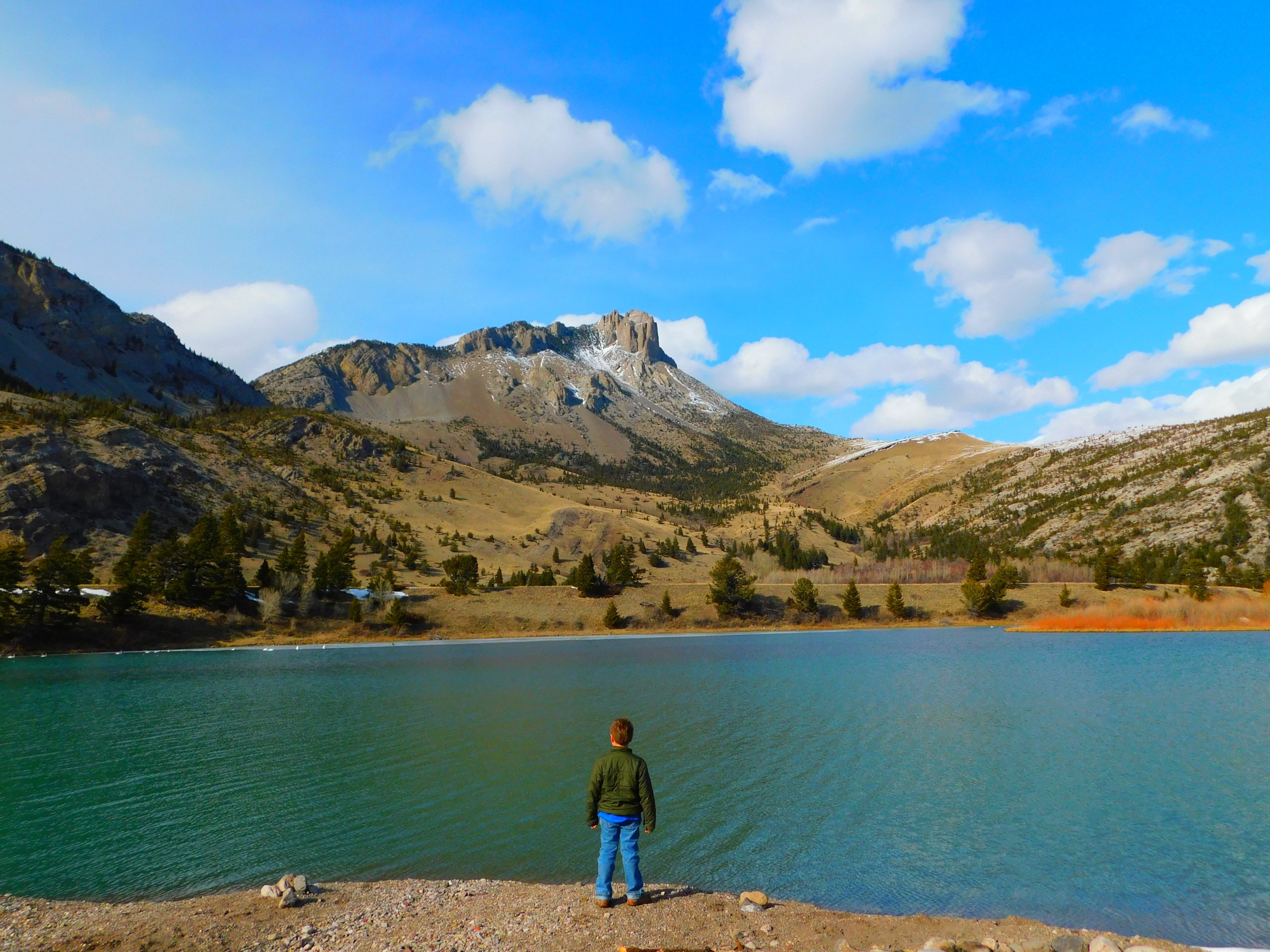
Considered from a geologic point of view, that portion of the overthrust belt is really a southern extension of the Canadian Rockies. Rocks do not suspect political boundaries. The northern Montana portion of the overthrust belt consists of the mountains of Glacier Park, and the Sawtooth Range, which extends from Glacier Park almost to Helena and includes the Bob Marshall and Scapegoat Wilderness areas. All those mountains share the same general geologic history, which begins more than a billion years ago with deposition of the oldest sedimentary formations.
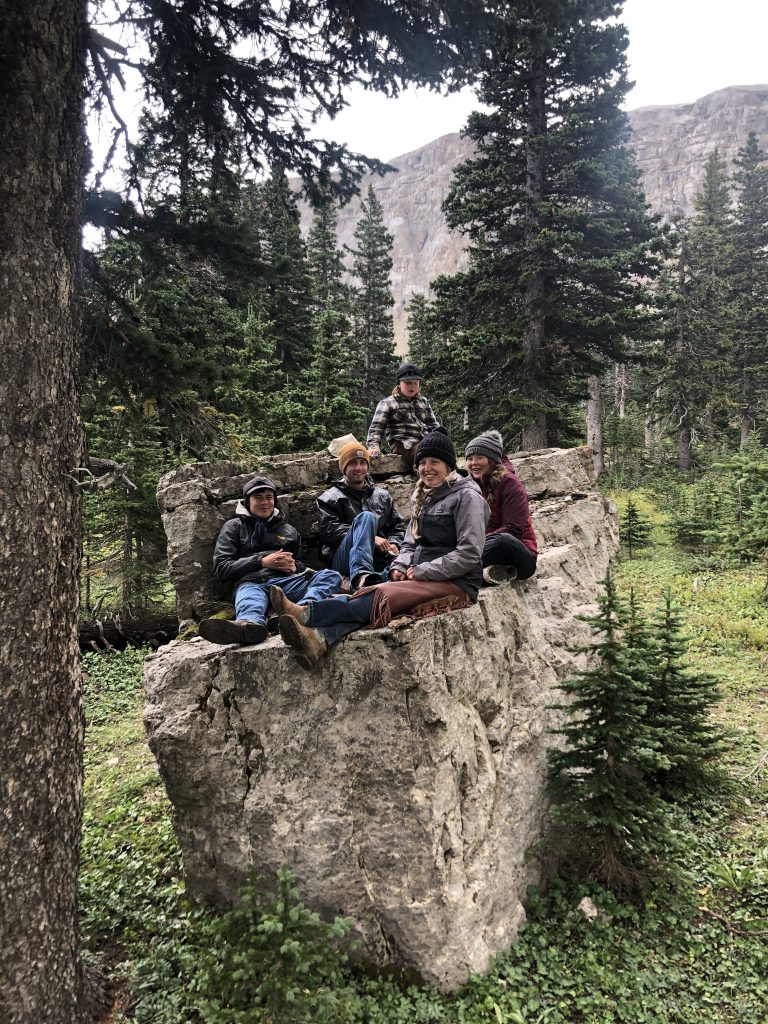
A billion or so years ago, during the remote period geologists call the Precambrian Era, the western margin of our continent was about where the western border of Idaho is day. There were no animals yet, and the highest forms of life were primitive blue-green algae similar to some of those that still form scummy growths in quiet pools of water. Thick sequences of layered sediments destined to become formations of mudstone, sandstone, and limestone were accumulation some in shallow water, others on more or less dry land. Those rocks now form a large and conspicuous part of the northern Montana overthrust belt, virtually all of Glacier Park and most of the western part of the Sawtooth Range. No one knows how thick the section of Precambrian sedimentary rocks is, but it amounts to some tens of thousands of feet—an enormously thick pile…

Visitors to the Rocky Mountain Front notice almost immediately that the landscape is built on a basic framework of high ridges and deep valleys that continue for many miles. This distinctive landscape, vividly expresses the geologic structure of the overthrust belt…
Castle Reef, the high ridge that is easily viewed from Sun Canyon Lodge, forms the abrupt eastern front of the Range in the Sun River area is an enormous slab of Madison limestone tilted gently down to the west. Several formations that normally lie on top of the limestone are exposed in the valley west of the ridge, exactly as one would expect…There is only one way to get a big slab of Madison limestone or any other formation on top of rocks younger than itself, and that is by faulting. Those immense slabs of rock must have slid over the younger rocks along a surface that slopes gently down to the west. Geologist call such surface slippage overthrust faults. The Sawtooth Range contains over a dozen large overthrust faults and many numbers of lesser ones…”
